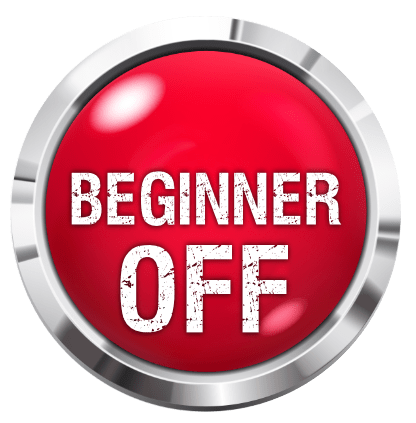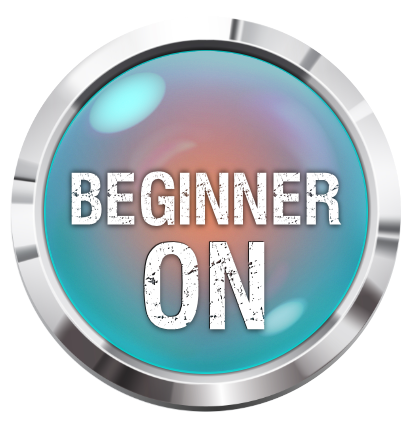More
- Pick StrummingLEVEL 1Strumming using a pick + chord fretting basics
- Acoustic Down StrummingLEVEL 2Learn to play down strumming.
- Percussive Guitar BasicsLEVEL 2Your first steps towards acoustic percussive guitar: learn the basics for an effective percussive groove.
- Ballad strummingLEVEL 1Strumming patterns for 4/4 ballad playing.
- Percussive StrummingLEVEL 1Strumming using a percussive hit
- 6/8 strummingLEVEL 1Strumming and chord fretting basics over a 6/8 beat.
- Reggae strummingLEVEL 1Reggae groove strumming using a pick
- Country strumming thumb bass lineLEVEL 1Country groove strumming with bass line played with thumb
- Energy StrummingLEVEL 4Learn to play advanced strumming patterns.
Feedback
 Kristofer Dahl12th June 2020
Kristofer Dahl12th June 2020For more basic strumming / chord progressions, this lesson springs to mid: https://www.guitarmasterclass.net/ls/picnic-panic/
 Darius Wave11th June 2020
Darius Wave11th June 2020Hi Orion. It will be a series, so you will be able to see more examples and make your won conclusions. What you describe is more a great forum topic to have a complex discussion, than a task for lesson. It's too subjective and complex to put it in a lesson...though after you'll look at the series you will partially answer your own question by viewing examples

orion33311th June 2020
Great lesson. Helps me brush up on my strumming. It would be great to have a second lesson on strumming but with a little more in depth description on chord choice and progressions.
Have a great one! Monica Gheorghevici25th May 2020
Monica Gheorghevici25th May 2020You are a killer teacher. I love how you break everything down and make it so simple and easy to follow. That's why I always say that the key to learn any kind of instrument it's to find the right teacher. Practice is just what helps you to become good at instrument.

 Kristofer Dahl22nd May 2020
Kristofer Dahl22nd May 2020Yes, and I have found it extremely beneficial for my overall sense of rhythm.
This topic really covers the macros of alternate picking - in a sense. Darius Wave22nd May 2020
Darius Wave22nd May 2020Great thing is that it's never too late to fill the gap and get familiar with some strummign essentials. IMHO it really helps to workout smooth and relaxed right hand mechanics.
 Kristofer Dahl22nd May 2020
Kristofer Dahl22nd May 2020Very nice tutorial Darius - I bet we also have some intermediate/advanced guitarist who have overlooked this just like I have!
Practicing Peers
- Total views: 0
- Member views: 0
- Guest views: 0
- Lesson
- My notes
Welcome to the Beginner Acoustic Course #1 lesson!
First from the series. Dedicated for absolute beginners.
To make practise more efficient and pleasant, I've prepared 2 stages. First is to start learning by breaking down the whole rhythm and adding single strokes one by one, until you master the complete rhythm. Second stage is to add chords and start practising over delivered cajon track (for slightly more "life" than just a raw metronome).
As you can see, there is no pick being used, because I want to teach you at least some very essential hand mechanics of finger picking. At this point you need to trust me. Most of good tips prove their value with time passing on practise.
If you start by using your right hand fingers, you will have no problem missing the pick, you will have less difficulty mastering the hybrid picking technique and you will have great basis for becoming fingerstyle player (if you'll decide to
go for acoustic seriously). Adding a pick in the future will be easy. Most part of strumming technique comes from the wrist.
There is one more thing that often seems weird for beginners. Why to move your right hand all the time, if we don't hit the
strings that much. You need to understand the natural balance of human body - tension and release relation. Constant movement helps to set minimum strength, necessary to hit the strings, while "empty" moves are time for muscles to relax. We take an advantage of palm weight to literally through it through the strings. Adding the "fingers straightening" movement, helps to boost the attack.
Wise management of tension and release is the key...not only for strumming.
Gear used (in order of connection chain placement):
1. Martin DX1 RAE acoustic guitar (Elixir Optiweb Phosphor Bronze 11 strings)
2. Neuman TLM102 condenser mic
3. Presonus Firestudio Project firewire audio interface
4. Cubase 7.5 track EQ
- HPF = 50Hz / 24db slope
- LPF = 14 kHz /24 dB slope
5. Cubase 7.5 Roomworks SE (through track send = -13 dB)
- Pre-Delay = 50 ms
- Reverb Time = 1.00 s
- Diffusion = 50 (qual to 50%)
- Low = 100 (equal to 60%)
- High = 11 (equal to almost 0%)
- Mix = 100%
Tuning - Standard E
Backing track progression :
4/4
Am | Em | G | G | Dm | Am | G | G |
Am | Em | G | G | Dm | Am | G | G |
Am | Am | C | C | Am | Am | Em | Em |
Dm | Dm | Am | Am | G | G | G | G | Am ||
Tempo: Main song tempo is 120 bpm. There are also backing tracks available at 50, 60, 80, 100 and 120 bpm.
Time signature: 4/4
From this course:
- Ballad strummingLEVEL 1Strumming patterns for 4/4 ballad playing.
- 6/8 strummingLEVEL 1Strumming and chord fretting basics over a 6/8 beat.
- Percussive StrummingLEVEL 1Strumming using a percussive hit
- Country strumming thumb bass lineLEVEL 1Country groove strumming with bass line played with thumb
- Reggae strummingLEVEL 1Reggae groove strumming using a pick
- Pick StrummingLEVEL 1Strumming using a pick + chord fretting basics
Jump to start: Home or `s` , you can also click/tap the lesson part again (the numbers above player)
Go to next part: PageUP or End.
Volume: ArrowUp / ArrowDown keys
Go to any part: Number keys (combinations also possible)
Pause or play: `k` or space key
Fullscreen: `f`, esc to close
Increase / decrease speed : `+` or `-`







